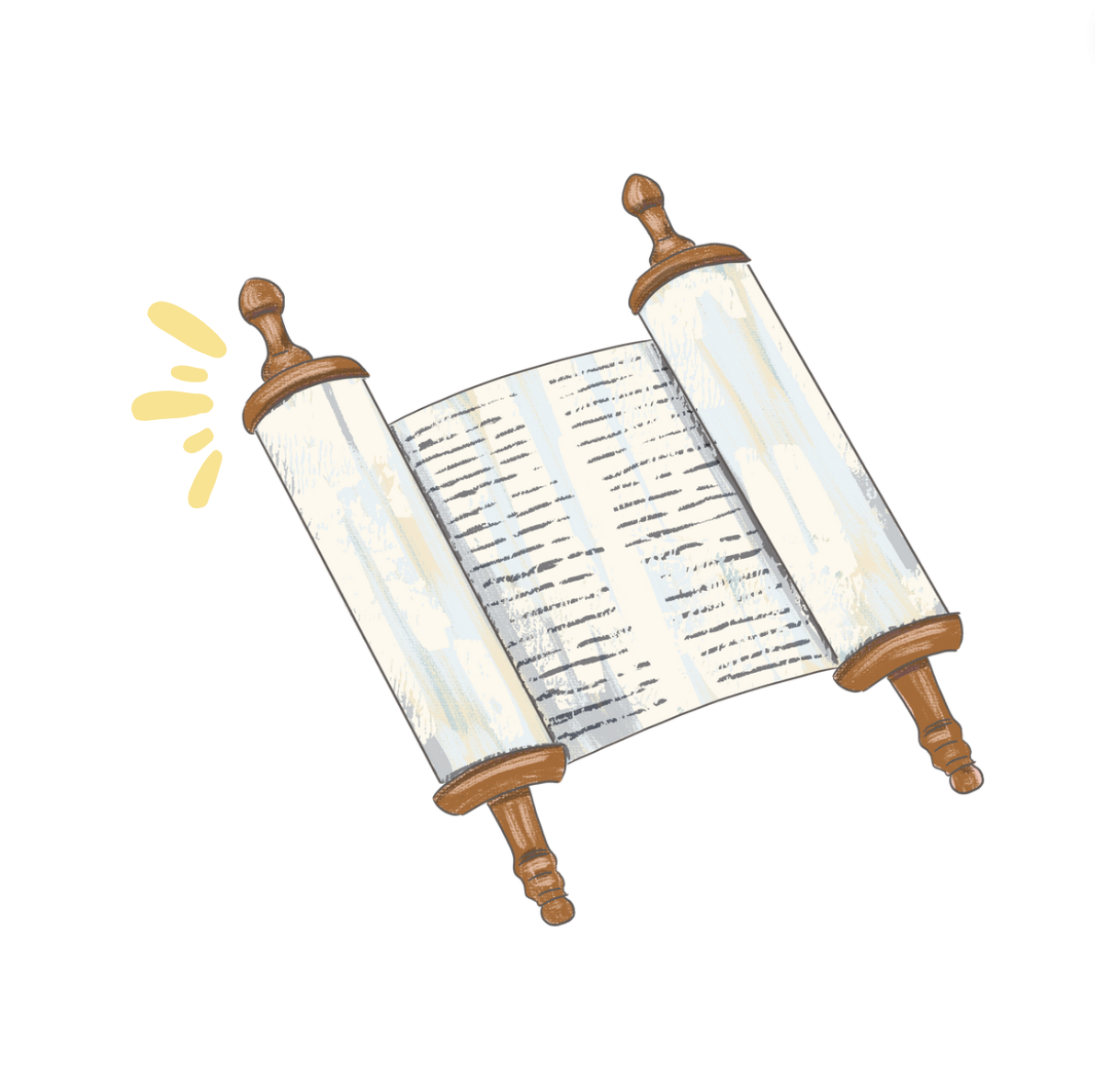I am sad to write that this is my last D’var Torah as the Rabbinic Fellow at the Jewish Community Project of Lower Manhattan after four truly magnificent years serving this community. This week’s quality that we focus on during the period between Passover and Shavuot, when we count the Omer, is “magnificence.” Hod in Hebrew, magnificence is the balancing force to the netzach, or perseverance, that we focused on last week. Whereas perseverance can be the fire that ignites us to keep going, noticing the magnificence in our lives and in the world can be the pause we need to take it all in.
In Numbers 27:20, God instructs Moses to invest in Joshua the magnificence of leadership using this same word, Hod. “Invest him with some of your authority (hod), so that the whole Israelite community will listen.” This ritual process of investing hod in upcoming leaders detailed in the Book of Numbers is the source for the current ritual of ordaining rabbis and cantors as clergy for the Jewish people, a blessing that Rabbi Deena received a few years ago and one that I’m privileged to receive this Sunday. When I pause to take in the grandeur of this moment, after years of perseverance to make my way through rabbinical school, I can’t help but think of the magnificence of this community where I learned what it really means to be a rabbi.
Below are my remarks from last Shabbat in appreciation for the Jewish Community Project of Lower Manhattan and the abundant blessings you all have given me:
How can I even begin to describe these past four years at JCP?! I started out as a b’nai mitzvah tutor. It jumped out to me right away that we had 45-minute lessons with the b’nai mitzvah learners so we had time to really get to know each other amidst learning Torah portions and prayers. That underlying priority to connect with and support each other has defined my time here at JCP. Over four years of learning, teaching, singing, planning, drashing, officiating, and more. . . . I am most grateful to have been a part of and to have come into my own as an almost rabbi in this vibrant, warm, and open-hearted community.
At the end of that tutoring year, I called Rabbi Deena to ask if there might be any more work around JCP for a rabbinical student. She asked if I played the guitar, to which I replied yes. She then asked if I sang, to which I also replied yes. Little did I know that that would be the start of three years as Student Rabbi in this community. I also didn’t know that I would have the special opportunity to learn all that I have from Rabbi Deena—who always leads by example, interacts with every person who passes through JCP with compassion and presence, and is a wellspring of Jewish knowledge that I have been so lucky to soak up—most especially officiating lifecycle moments and teaching Biblical history. From babies to adults, and everything in between, I haven’t taken your trust or the privilege of serving this community for granted.
You all have inspired me as a rabbi-to-be, and have constantly reminded me of why I wanted to be a rabbi in the first place: to pursue meaning and connection in the Jewish tradition and to share that with others. You inspired me at my first JCP bat mitzvah, when the mother of the bat mitzvah shared that hearing her daughter practice her prayers on Zoom during the height of the pandemic was the highlight of her week as those timeless words of prayer filled her home. You inspired me when a preschooler came down to Babies and Blessings and jumped in her dad’s arms. You inspired me whenever I walked through HSP for the first time and saw children excited and happy to be in Hebrew school—even requesting certain prayers in t’filah which I can say with confidence. . . does not happen everywhere. You inspired me when one of my high schoolers summoned up the courage through some nerves to be a big buddy at last year’s Passover scavenger hunt, and was an amazing big buddy to his younger mate. You inspired me when you held the tallit over the children when we gave them their Friday night blessing. While I’ve learned a lot of the practical side of how to be a rabbi here, the liveliness and love in this community has fueled my spirit.
There’s a line in this week’s (last week’s) Torah portion, that God tells Moses to tell the Israelites “kedoshim ti’hiyu ki kadosh ani Adonai Eloheichem” (Leviticus 19:2). “You shall be holy for I, your God Adonai, am holy.” The “you shall be holy” part, “kedoshim ti’hiyu,” is notably in the plural form. You ALL shall be holy. This line really stuck out to me this week. As much Torah, as much prayer, as much meaning and connection that I’ve tried to pursue through five years of rabbinical school and longer, the goal of all of this is to be holy together. Kedoshim ti’hiyu. Thank you for being a special example of how to pursue holiness together—all of the staff who support this community as well as the community itself—and for inviting me into JCP with such warmth, encouragement, and care. Wherever I go from here, I am taking all of you and your imprint with me. Thank you for these special four years, for teaching me what it means to be a rabbi, and for showing me the holiness in doing this whole enterprise of Judaism together.
Shabbat shalom,
Jacob

